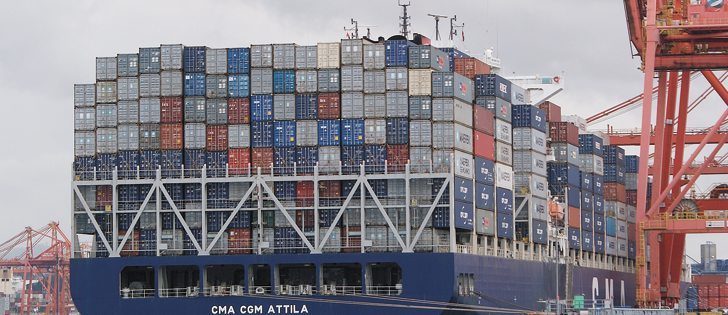Canadian pulse growers are not the only ones benefitting from India’s recent run of disappointing harvests.
Australia set a single month desi chickpea export record in November, shipping 465,131 tonnes of the crop.
That’s nearly double the previous high of 239,552 tonnes set in December 2012.
“(Exports) are staggering,” said Brian Clancey, editor of Stat Publishing.
“Never before has their been such a large quantity go, so it’s really amazing.”
India accounted for more than 400,000 tonnes of Australia’s November export program and there will be no let-up in that demand because of a disappointing monsoon that has limited the country’s pulse production.
Read Also

Volatile temperatures expected for this winter
DTN is forecasting a lot of temperature variability in the Canadian Prairies this winter. Precipitation should be close to average.
“India is definitely buying up whatever it can,” he said.
Australian farmers recently harvested 979,000 tonnes of chickpeas, which is much higher than the 690,407 tonnes produced in the previous year.
“They’ll have no difficulty selling this crop,” said Clancey.
Pakistan is also facing a significant shortfall in its domestic pulse production.
“Their rabi (winter) crop was affected last year as well, so they have a bit of a gap to fill in,” said Clancey.
The production shortfall in the Indian subcontinent is having a profound effect on all major pulse crop exporters.
Canada shipped 1.31 million tonnes of peas though the first four months of the 2015-16 marketing campaign, which is 45 percent of Agriculture Canada’s export projection for the entire year.
Lentil exports have been even more impressive with 1.36 million tonnes shipped, or 57 percent of Agriculture Canada’s full-year export projection. The lentil export pace is slightly more than 800,000 tonnes ahead of the five-year average.
France has shipped 153,400 tonnes of peas during the first five months of its 2015-16 marketing campaign, which is more than three times the 45,520 tonnes shipped during the same period a year ago.
Clancey doesn’t see any slow down in demand on the horizon. Seeding of India’s rabi (winter) pulse crops is on pace with last year, which is below the five-year average. It has been hampered by dry soil because of back-to-back droughts.
“You can count on demand being fairly solid through much of the calendar year,” he said.
“That will take us into our new crop, which will be a good start for next year for the area we have going in the ground.”
Clancy is forecasting a 13 percent increase in Canada’s lentil acreage and a 14 percent hike in pea plantings.
















